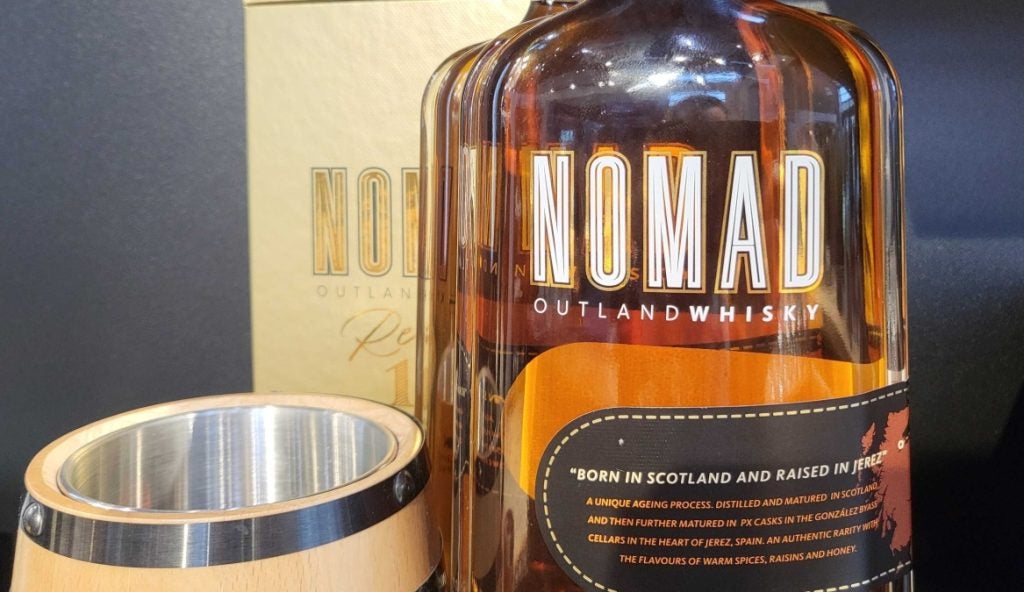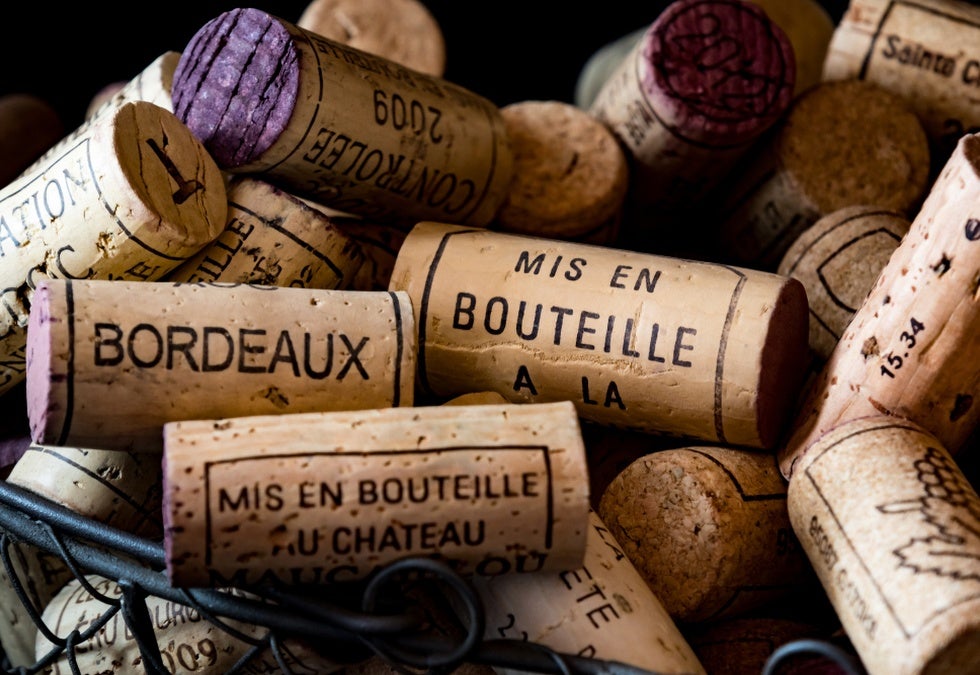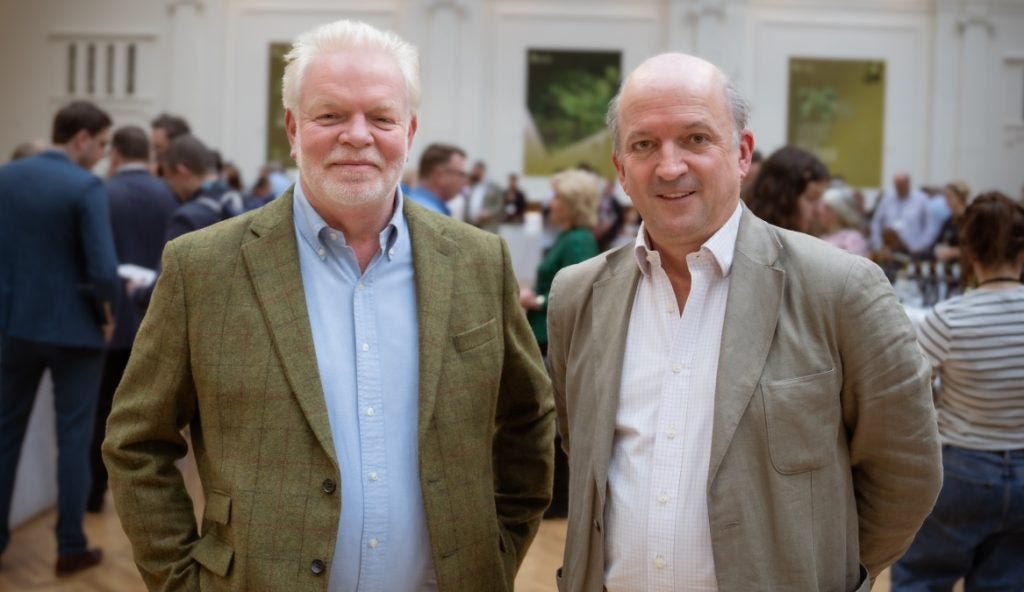 Despite other similarities in the soft drinks market, the US and UK markets for energy and stimulant drinks display a number of important differences. Alissa Ostrowski reports on the contrasting energy levels to be found either side of the Atlantic.
Despite other similarities in the soft drinks market, the US and UK markets for energy and stimulant drinks display a number of important differences. Alissa Ostrowski reports on the contrasting energy levels to be found either side of the Atlantic.
Only six years old, the energy drinks market in the US has grown rapidly since its inception with an astounding growth of 465% in the past five years. According to Mintel, a leading market research firm, with estimated sales of US$890m in 2003 the market is still predicted to grow at at least 20% over coming years, as it matures.
In spite of their tremendous growth, energy drinks will remain a niche category and will command a small portion of the overall US$460 billion US beverage category. Countless companies, both large and small, are vying for a share of this market with the largest spikes in growth registered in 2001 when Coca-Cola (KMX), PepsiCo (AMP) and Anheuser-Busch (180) all introduced new products.
On the surface it might appear that the entrance of major beverage manufacturers such as Coca-Cola and PepsiCo into this market confirms the category’s potential and legitimises the market. However, some would argue that it has been the very absence of these two beverage giants that has allowed the market to retain its niche appeal by differing from traditional beverage offerings. Since a strong component of the energy drinks market is its rebellious image, and therefore the rebellious image of its drinkers, the presence of mainstream manufacturers runs counter to what these consumers seek.
In 2003, only a handful of major manufacturers participate in the industry. These suppliers are augmented by countless entries from smaller companies and start-ups, all competing for a share of a small yet lucrative market. The market is characterised by small entrants with their packaging and colourful names becoming points of competitive differentiation.
How well do you really know your competitors?
Access the most comprehensive Company Profiles on the market, powered by GlobalData. Save hours of research. Gain competitive edge.

Thank you!
Your download email will arrive shortly
Not ready to buy yet? Download a free sample
We are confident about the unique quality of our Company Profiles. However, we want you to make the most beneficial decision for your business, so we offer a free sample that you can download by submitting the below form
By GlobalDataNiche players
As the market matures, most of the smaller suppliers will disappear, or become small niche brands with very loyal followers. Major beverage companies like Coca-Cola, Pepsi, Cadbury and Anheuser Busch, with their strong distribution networks and marketing resources, will be left to contend with the established brand, Red Bull.
Market leader Red Bull continues to dominate with over 50% share of the US FDM (food, drug and mass merchandisers) market with its one brand. Share is likely higher overall, given Red Bull’s strength in both convenience stores and on-premise channels. At FDM, Pepsi-Co’s SoBe Adrenaline Rush and AMP brands hold the second and third largest brand shares of energy drinks at approximately 11% each.
Energy drinks’ primary target includes GenXers (age 27 – 39 in 2003) and a good portion of the Millennials (age 9 – 26 in 2003). The market has potential to expand its core group of consumers to include Baby Boomers and older consumers in growing numbers as they strive to stay young and pack more into their days. There are two very distinct consumer groups in the energy drinks market: the 18- to 30-year-old who is more likely to drink energy drinks, but does it less often than three times per month; and those age 31 plus who overall may be less likely to drink energy drinks, but among those who do, are the most consistent and frequent consumers, with at least half reporting that they drink them at least once a week.
Only one in 10 Americans reports ever drinking energy drinks, which to some extent reflects the newness of the market in the US. Male respondents drink more energy drinks than women (16% vs. 6%) and the notable difference is a reflection of the market’s image. As manufacturers attempt to appeal to new target markets by attracting more female consumers, and with longer market presence, we predict that the overall consumption rates will indeed rise.
Adjust strategies
Energy drinks appeal disproportionately to Hispanic and black consumers. It is essential for marketers of these drinks to recognise and address the strong base among these consumers relative to whites, and adjust their marketing strategies accordingly. If Coca-Cola, PepsiCo and Cadbury-Schweppes can cultivate these minority customers, it may be easier to attract white youths who are often influenced by cultural trends among blacks and Hispanics to the category.
Changes in the way energy drinks are marketed as a result of the entry of several major beverage companies will have the effect of widening the market’s appeal and ensuring its expansion. Energy drinks have traditionally been marketed to extreme sports enthusiasts through sponsorship of such sporting events, samplings and similar events. This guerrilla marketing approach served to increase awareness of the market and create a cult-like following for leading brands among the market’s young demographic.
According to Mintel’s research, health concerns as well as levels of caffeine and stimulant are the top reasons cited why respondents do not drink energy drinks, but taste and price are not far behind. Notable differences in reasons for not consuming appear by age and income, with the youngest respondents and those with lower household income being more likely to cite taste as a deterrent, while those with higher income and aged 45 to 64 are most likely to cite health concerns.
Overall, Mintel expects that the US energy drinks market will grow 210% in the next five years, fuelled primarily by an expansion in the target market to appeal to women, older consumers and various ethnic groups. Additionally, as consumers demand more products with natural ingredients and lower priced offerings, the market can be expected to elongate, offering products at either end of the price spectrum.
Greater stimulant
In contrast to the US market, Mintel’s research into the UK energy drinks market reveals that in 2003, despite the vast amounts of Lucozade sold in the UK, the volume of stimulant drinks is expected to surpass that of the energy sector. UK consumption of energy and stimulant drinks is estimated to be around two to three litres per capita. Drinks may now be termed as restorative, energy boosting or rehydrating, etc, and most energy boosts come from either caffeine or taurine in stimulant drinks, although this will always affect the taste, however slightly. In most consumer research, including that of Mintel, taste has always featured highly as a priority when consuming any drink, as should its ability to quench the thirst.
The UK market continues to be dominated by the Lucozade brand, at least in volume terms, with Red Bull in second spot, but this position is reversed on a sterling value basis. However, Mintel’s data does demonstrate the presence of the own-label variants plus the influx of other derivative products now in the marketplace. Unlike more mature markets where the really big brands tend to account for an increasing share, in a category founded on the basis of just two brands, it is somewhat inevitable that the leaders’ volume share will be eroded. This scenario is likely to continue, to some extent, as new products and pack variations enter the market. So while Red Bull in the stimulant category and Lucozade Energy in the energy sector are likely to remain dominant brands, it seems inevitable that their popularity will decline in time.
Too expensive
Whether or not the concept of functionality is fully understood, 24% of UK consumers are of the opinion that energy and stimulant drinks are too expensive. In comparison, only 16% of American consumers feel that these beverages are too expensive.
It is likely that the UK market for functional energy and stimulant drinks will continue to expand. The younger age groups, which originally pioneered the category, now accept these drinks as being part of the mainstream. Furthermore, as people take an increasingly greater interest in their own health and well-being, functional beverages will become the norm throughout the remainder of their lives, spreading across all age groups and both genders.
For more information on Soft Drinks International visit: www.softdrinksjournal.com







